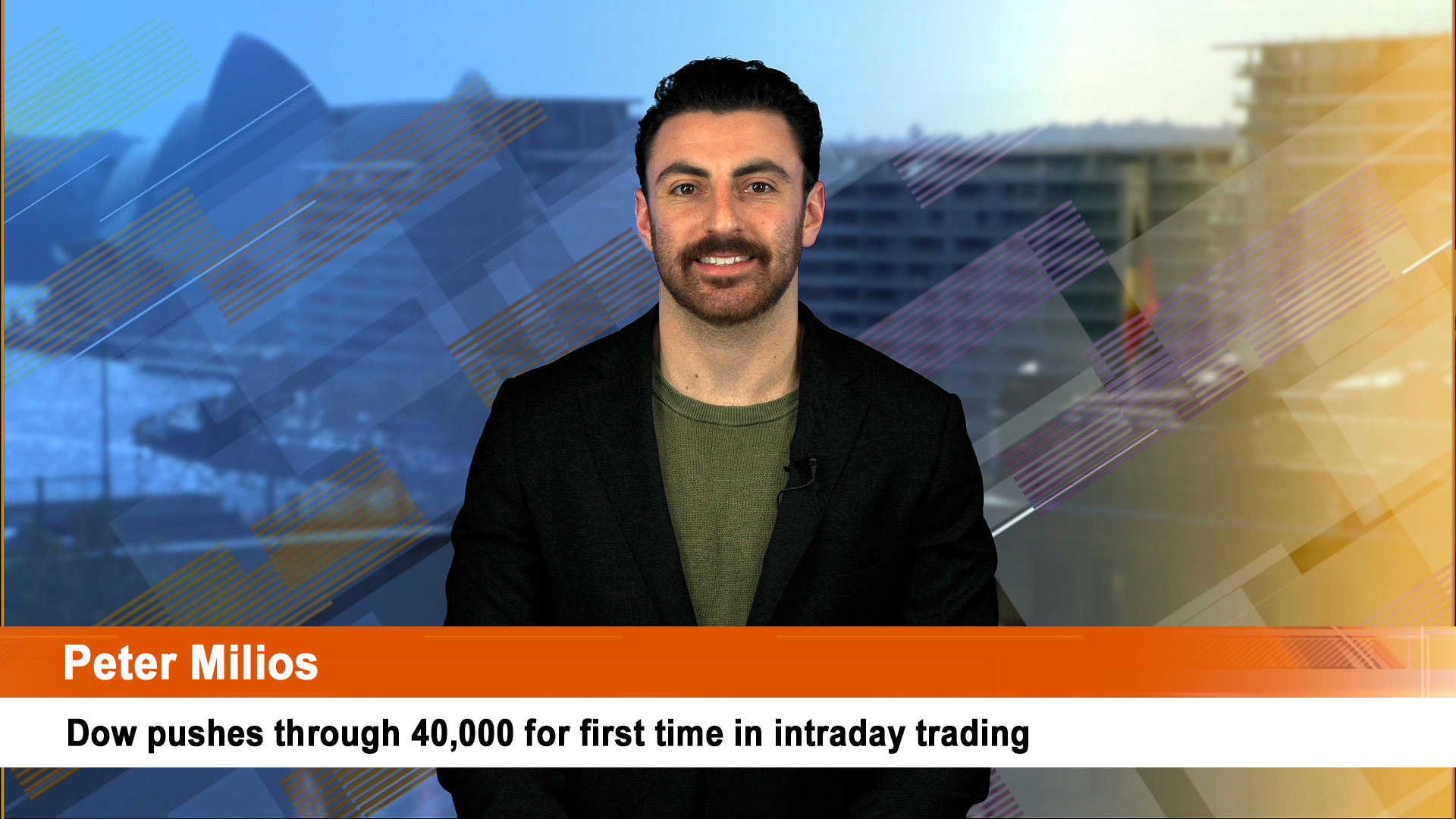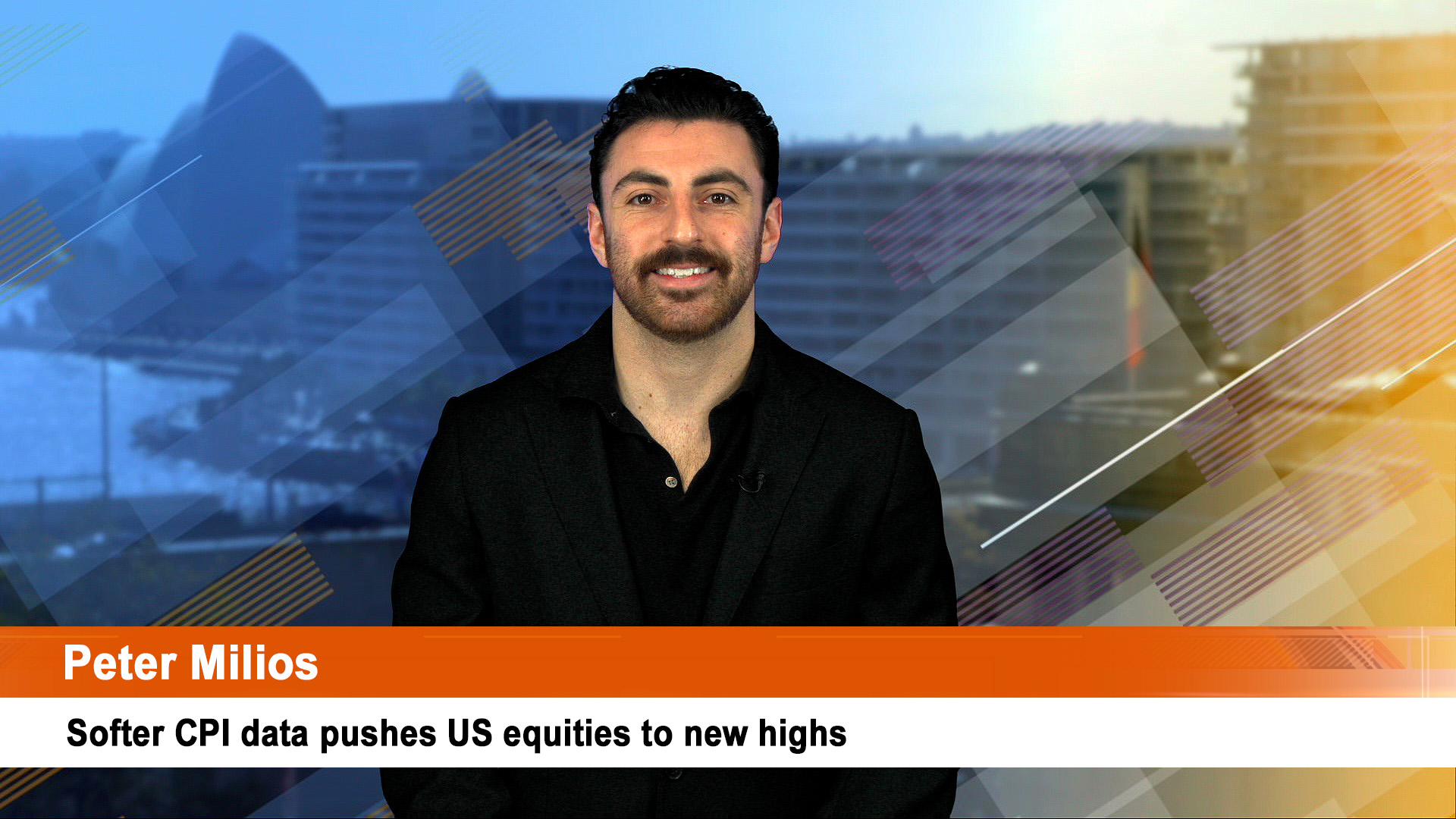After the past two BIG weeks for markets, can the next five days be any busier or louder? More importantly, can the upswing continue?
Of course sharemarket investors hope so – there’s nothing like an end-of-year boomlet to put a smile on your face, money in the very depleted wallet in 2022 and lift hopes for 2023.
The Group of 20 summit in Bali happens on Tuesday and Wednesday.
The week also sees more data on US inflation, Japanese GDP and the last dump of Chinese economic data from October.
In Australia there’s the important measure of wages data for the September quarter, labour force figures for October, some earnings and annual meetings and the release of the minutes of the last Reserve Bank meeting.
The latter will be superfluous because of the release of a speech since then by Governor Philip Lowe, the appearance of his deputy, Michelle Bullock at Senate estimates last week and the final Statement on Monetary Policy for 2022 10 days ago.
The Wage Price Index (WPI) for the September quarter will be out Wednesday from the Australian Bureau of Statistics (ABS), a day before the ABS releases the jobs figures for last month.
Economists are seeing a rise in both the quarter on quarter and the annual rate – 0.9% from the June quarter for an annual rate of 3%, according to the AMP’s chief economist, Shane Oliver.
Dr Oliver reckons the big rise will follow the start of the flow through of the 4.6-5.2% increase in minimum-award wages.
“3%yoy wages growth will be the strongest pace since 2013 and is roughly in line with RBA forecasts for a rise to 3.1%yoy for year end.
The Reserve Bank foolishly thinks there is a danger of a wage price spiral – not when a higher reading of 3% for the year means real wages are still falling with the CPI up 7.3% in the same time. The Consumer Price Index was up 1.8% in the three months to September and the forecast rise in the WPI of 0.9% leaves wages further behind in real terms.
Thursday’s jobs figures are forecast to show a steady unemployment rate of 3.5% and 20,000 new jobs created, according to Dr Oliver’s prediction from his weekend note.
Jobs data (Thursday) is expected to show a 20,000 gain in employment and unemployment remaining at 3.5% consistent with the slowing evident in recent months
Corporate earnings reports this week are expected from Brisbane based measurement group ALS, farm chemicals group Nufarm, explosives and chemicals group Incitec Pivot, while the Commonwealth Bank is due to release its first quarter trading update on Tuesday.
Annual meetings are down to be held by Vicinity Centres, Northern Star, Seek, Pilbara Minerals, Mineral Resources, Sonic Healthcare, News Corp, Seven Group Holdings and Lendlease.
…………
In the US there’s a bit more data than last week (which was dominated by Thursday’s Consumer Price Index). This week it’s the turn of the producer price index (PPI) to either confirm or undermine the hint of relief from the CPI coming in under forecasts at an annual 7.7% (from the 8.2% rate in September).
Economists at Moody’s wrote at the weekend that “the producer price index serves as a good leading indicator of whether consumer price growth is likely to continue slowing in the near term.”
US October retail sales data on Wednesday “will be important in determining how well consumer spending is holding up in the face of high inflation and heightened economic uncertainty.”
“Late in the week, we expect a continuation of subpar housing market data as high interest rates, and a lack of affordability are crushing transaction activity.
“Data on housing starts and permits will be important to determine how well the supply side of the market is holding up, which will be critical in the fight to rebalance affordability.”
US mortgage rates ended last week at 6.91%, down from 7.20% the week before.
US retailer earnings reports dominate the final weeks of the September quarter reporting season, led by Walmart and Target. As well, the big two of US hardware retailing – Home Depot and Lowes Cos – are also due to report.
Walmart and Target both confessed earlier in the year they had been hit by rising stocks, slowing customer purchases of food as well as discretionary products while the slowdown in home building and renovations are expected to hit the results of Home Depot and Lowes Cos.
Other retailers reporting this week include department store chains Kohl’s, Dillards, Macy’s, as well as the Gap clothing chain.
Dr Oliver says US September quarter earnings are “coming in on the soft side. 92% of US S&P 500 companies have now reported, but only 69% have surpassed expectations which is well below the norm of around 76%.”
“Earnings growth now looks like coming in around 4.5%yoy which is up from 2.6% at the start of the reporting season but lower than the normal uplift. “Excluding energy, earnings are down 3.5%yoy; and fourth quarter earnings are being revised down at a faster than average pace.”
…………
Covid-hit China sees the release of industrial production, retail sales and fixed-assets investment data. Moody’s economists say they “expect slower growth in industrial production and retail sales of 5.3% yoy and 1.9% yoy, respectively.
Fixed-asset investment likely increased 5.9% yoy.” Dr Oliver says “The October data from China “is expected to be soft with industrial production growth slowing to 5.2%yoy and retail sales slowing to just 0.7%yoy.”
Japan’s third-quarter GDP is forecast to have grown 0.5% from the second quarter, driven by stronger investment spending.
Dr Oliver wrote at the weekend “Solid capex plans reported with the latest Tankan survey suggest capital spending is finding its footing. Although a record wave of COVID-19 infections dented household spending in the third quarter, the impact was less than initially expected. Production recovered off a low base, but net exports limped along.”
In Europe, there’s final figures on inflation and unemployment for September, industrial production for the same month, while employment and inflation data from the UK will also be released.
The UK inflation figures will be the more important – an annual rate of 10.5% is forecast as it heads towards 11% or a bit more.
Canadian inflation is also out the same day (Wednesday) and is forecast to have followed US inflation lower – to 6.8% in the case of Canada.













